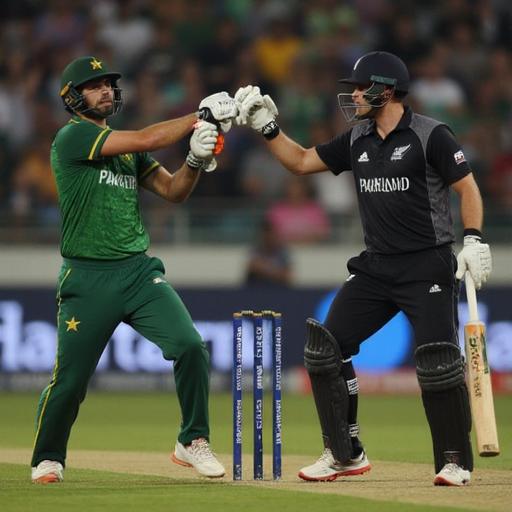Understanding Arab Societies: Diversity and Shared Heritage

Unveiling the Tapestry of Arab Societies
Arab societies, a rich tapestry woven from diverse threads of culture, history, and tradition, encompass a vast and multifaceted region. From the bustling souks of the Levant to the desert landscapes of the Arabian Peninsula, the experiences within these communities vary greatly, yet a shared heritage unites them. This article delves into the complexity of Arab societies, exploring their commonalities and differences, to provide a more nuanced understanding.
A Mosaic of Cultures: Arab societies aren’t monolithic entities. They are composed of numerous ethnic groups, each with its own unique customs, traditions, and languages. From the Bedouin tribes of the desert to the urban populations of major cities, the cultural landscape is immensely varied. Exploring these variations is crucial to understanding the vibrant mosaic that defines the region. Learn more about the diverse communities and how they shape the overall identity of Arab societies.
Historical Threads: A long and fascinating history has shaped the societies of the Arab world. From the rise and fall of empires to the enduring impact of Islam, the historical context provides essential insights into the values and beliefs that continue to influence contemporary Arab societies. Understanding this rich history is vital to understanding the present-day challenges and aspirations within these communities.
Challenges and Opportunities: Arab societies, like many other regions, face numerous challenges, including political instability, economic disparities, and social unrest. Yet, these societies also possess tremendous resilience and potential. Addressing these challenges while leveraging their strengths is essential for sustainable development and positive change.
Looking Ahead: The future of Arab societies hinges on collaboration, understanding, and shared progress. By fostering dialogue and cooperation across communities and nations, the potential for positive change and development becomes more tangible. This is an opportunity to move forward together, learning from past experiences and embracing the potential for a more prosperous future.
Beyond the Headlines: This exploration encourages readers to go beyond superficial generalizations and appreciate the intricate realities of Arab societies. Instead of relying on limited or one-sided media portrayals, it’s important to seek diverse perspectives and engage in meaningful dialogue to gain a deeper understanding.
Sources and Further Exploration: To further enhance your understanding of Arab societies, we encourage you to explore academic journals, reputable news sources, and cultural institutions dedicated to the region. Cross-cultural dialogue and education are crucial for building bridges of understanding.
Disclaimer: This article is for informational and educational purposes only and does not constitute professional advice or endorsement of any particular viewpoint.